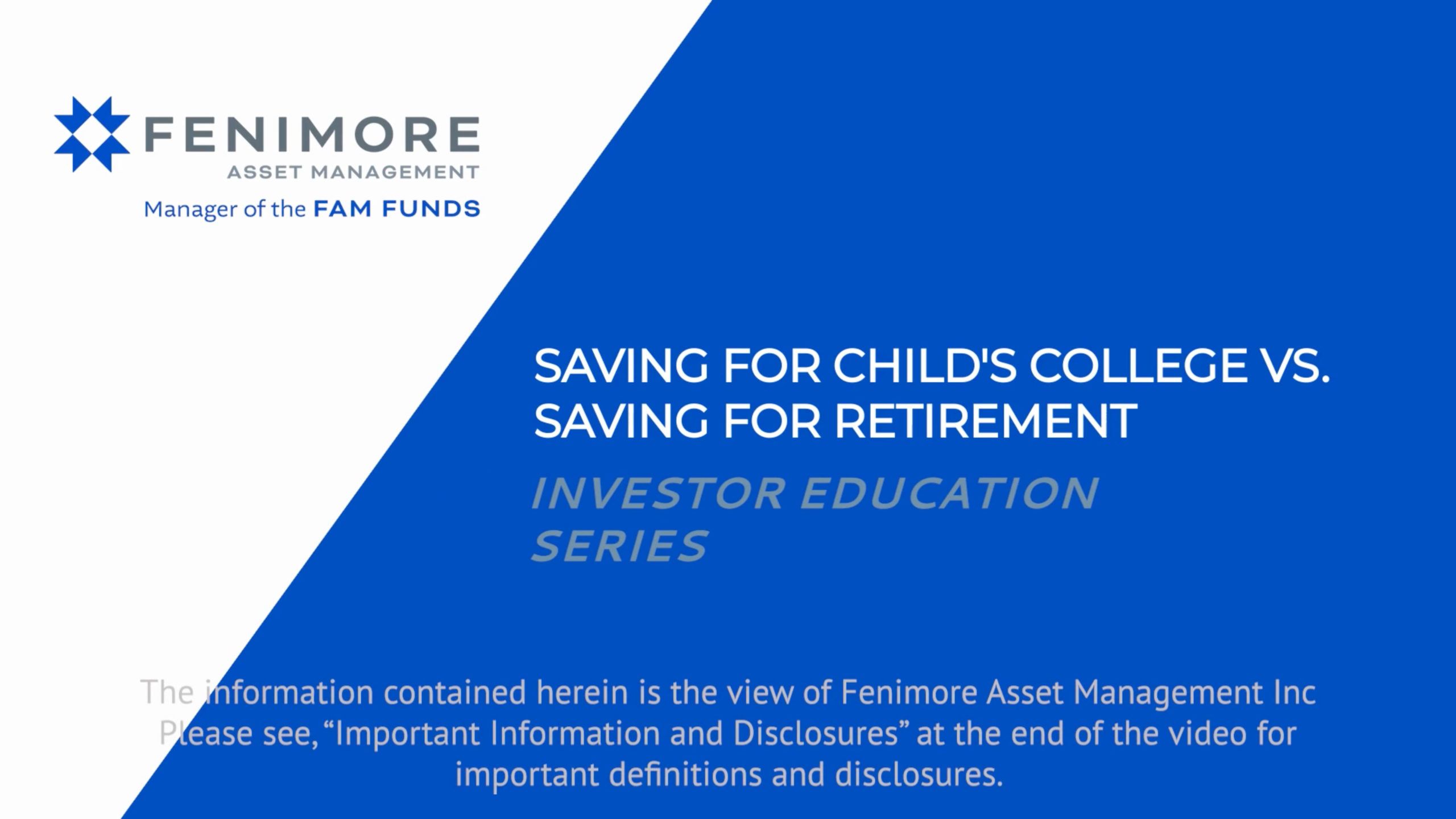This simple example also assumes that no taxes are paid along the way, so all money stays invested. That would be the case in a tax-deferred individual retirement account or qualified retirement plan. The compounded earnings of deferred tax dollars are the main reason experts recommend fully funding all tax-advantaged retirement accounts and plans available to you.
While you should review your portfolio on a regular basis, the point is that money left alone in an investment offers the potential of a significant return over time. With time on your side, you don’t have to go for investment “home runs” in order to be successful.
2. Endure short-term pain for potential long-term gain
Riding out market volatility sounds simple, doesn’t it? But what if you’ve invested $10,000 in the stock market and the price of the stock drops like a stone one day? On paper, you’ve lost a bundle, offsetting the value of compounding you’re trying to achieve. It’s tough to stand pat.
There’s no denying it — the financial marketplace can be volatile. Still, it’s important to remember two things:
- The longer you stay with a diversified portfolio of investments, the more likely you are to reduce your risk and improve your opportunities for gain. Though past performance doesn’t guarantee future results, the long-term direction of the stock market has historically been up.
- Take your time horizon into account when establishing your investment game plan. For assets you’ll use soon, you may not have the time to wait out the market and should consider investments designed to protect your principal. Conversely, think long-term for goals that are many years away.
3. Consider your time horizon in your investment choices
You’ll need to consider how quickly you might need to convert an investment into cash without loss of principal (your initial investment). Generally speaking, the sooner you’ll need your money, the wiser it is to keep it in investments whose prices remain relatively stable. You want to avoid a situation, for example, where you need to use money quickly that is tied up in an investment whose price is currently down.
Therefore, your investment choices should take into account how soon you’re planning to use your money. If you’ll need the money within the next couple of years, you may want to consider keeping it in a money market fund or other cash alternative whose aim is to protect your initial investment. Your rate of return may be lower than that possible with more volatile investments such as stocks, but you may find comfort knowing that the principal you invested is relatively safe and quickly available, without concern over market conditions on a given day.
Conversely, if you have a longtime horizon — for example, if you’re investing for a retirement that’s many years away — you may be able to invest a greater percentage of your assets in something that might have more dramatic price changes, but that might also have greater potential for long-term growth.
4. Dollar-cost averaging: investing consistently and often
Dollar-cost averaging is a method of accumulating shares of an investment by purchasing a fixed dollar amount at regularly scheduled intervals over an extended time. When the price is high, your fixed-dollar investment buys less; when prices are low, the same dollar investment will buy more shares. A regular, fixed-dollar investment should result in a lower average price per share than you would get buying a fixed number of shares at each investment interval. A workplace savings plan, such as a 401(k) plan that deducts the same amount from each paycheck and invests it through the plan, is one of the most well-known examples of dollar-cost averaging in action.[2]
Remember that, just as with any investment strategy, dollar-cost averaging can’t guarantee you a profit or protect you against a loss if the market is declining. To maximize the potential effects of dollar-cost averaging, you should also assess your ability to keep investing even when the market is down.
An alternative to dollar-cost averaging would be trying to “time the market” in an effort to predict how the price of the shares will fluctuate in the months ahead so you can make your full investment at the absolute lowest point. However, market timing is generally unprofitable guesswork. The discipline of regular investing is a much more manageable strategy, and it has the added benefit of automating the process.
5. Focus on the forest, not on the trees
As the markets go up and down, it’s easy to become too focused on day-to-day returns. While only you can decide how much investment risk you can handle, in our experience we believe it’s good to keep your eyes on your long-term investing goals and your overall portfolio.
————
[1] This hypothetical example may not reflect the actual growth of your savings or investments and it does not consider the effects of inflation. Past performance does not indicate future results.
[2] Dollar-cost averaging is a plan of continuous investment in securities regardless of their inconsistent prices. Of course, you must consider your financial ability to continually purchase shares. As with all investment methods, there is no performance guarantee.
IMPORTANT FENIMORE ASSET MANAGEMENT DISCLOSURES
Broadridge Investor Communication Solutions, Inc. does not provide investment, tax, legal, or retirement advice or recommendations. The information presented here is not specific to any individual’s personal circumstances. To the extent that this material concerns tax matters, it is not intended or written to be used, and cannot be used, by a taxpayer for the purpose of avoiding penalties that may be imposed by law. Each taxpayer should seek independent advice from a tax
professional based on his or her individual circumstances. These materials are provided for general information and educational purposes based upon publicly available information from sources believed to be reliable — we cannot assure the accuracy or completeness of these materials. The information in these materials may change at any time and without notice.
The views and opinions expressed in this article are those of Broadridge Investor Communication Solutions, Inc. and do not necessarily reflect the views of Fenimore Asset Management or its officers. Fenimore Asset Management or its officers have no editorial control over the content of the article or subject matter, and is independent of Broadridge Investor Communication Solutions, Inc.
The information herein is subject to change and is not intended to be complete or to constitute all of the information necessary to evaluate adequately the consequences of investing in any securities or other financial instruments or strategies described herein. These materials also include information obtained from other sources believed to be reliable, but Fenimore does not warrant its completeness or accuracy. In no event shall Fenimore be liable for any use by any party of, for any decision made or action taken by any party in reliance upon, or for any inaccuracies or errors in, or omissions from, the information contained herein and such information may not be relied upon by you in evaluating the merits of participating in any transaction.
In part, the purpose of this presentation may be to provide investors with an update on financial market conditions. The description of certain aspects of the market herein is a condensed summary only. This summary does not purport to be complete and no obligation to update or otherwise revise such information is being assumed. These materials are provided for informational purposes only and are not otherwise intended as an offer to sell, or the solicitation of an offer to purchase, any security or other financial instrument. This summary is not advice, a recommendation or an offer to enter into any transaction with Fenimore or any of their affiliated funds.
We undertake no duty or obligation to publicly update or revise the information contained in this presentation. In addition, information related to past performance, while helpful as an evaluative tool, is not necessarily indicative of future results, the achievement of which cannot be assured. You should not view the past performance of Fenimore funds, or information about the market, as indicative of future results.
All projections, forecasts and estimates of returns and other “forward-looking” information not purely historical in nature are based on assumptions, which are unlikely to be consistent with, and may differ materially from, actual events or conditions. Such forward-looking information only illustrates hypothetical results under certain assumptions and does not reflect actual investment results and is not a guarantee of future results. Actual results will vary with each use and over time, and the variations may be material. Nothing herein should be construed as an investment recommendation or as legal, tax, investment or accounting advice.
Clients or prospective clients should consider the investment objectives, risks, and charges and expenses carefully before investing. You may obtain a copy of the most recent mutual fund prospectus by calling 800-932-3271 and/or visiting www.fenimoreasset.com.
There is no guarantee that any of the estimates, targets or projections illustrated in this summary will be achieved. Any references herein to any of Fenimore’s past or present investments, portfolio characteristics, or performance, have been provided for illustrative purposes only. It should not be assumed that these investments were or will be profitable or that any future investments will be profitable or will equal the performance of these investments. There can be no guarantee that the investment objectives of Fenimore will be achieved. Any investment entails a risk of loss. An investor could lose all or substantially all of his or her investment. Unless otherwise noted, information included herein is presented as of the date indicated on the cover page and may change at any time without notice.
Fenimore Asset Management Inc. is an SEC registered investment adviser; however, such registration does not imply a certain level of skill or training and no inference to the contrary should be made.

















